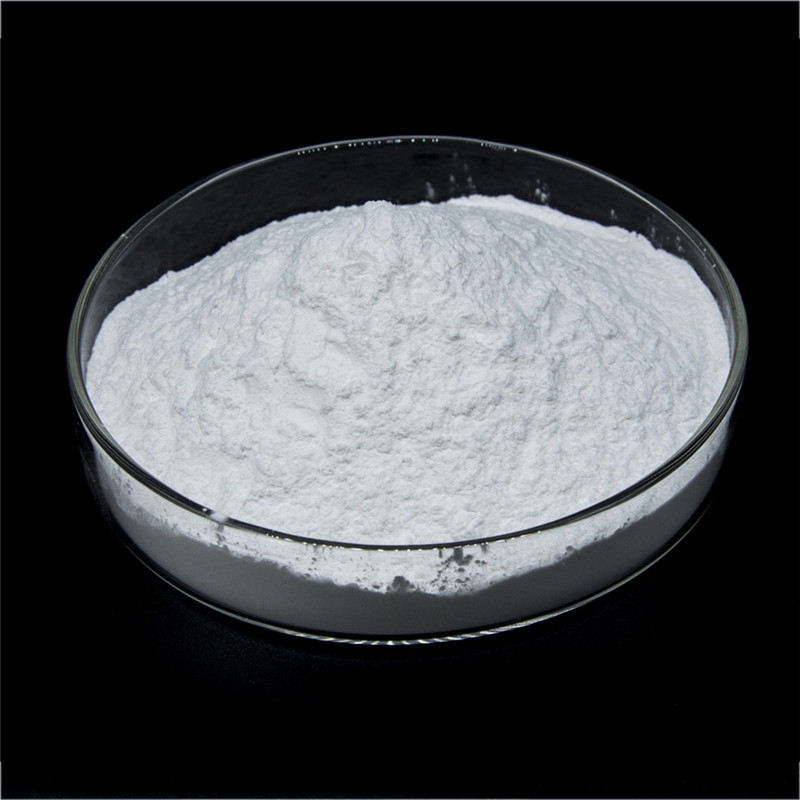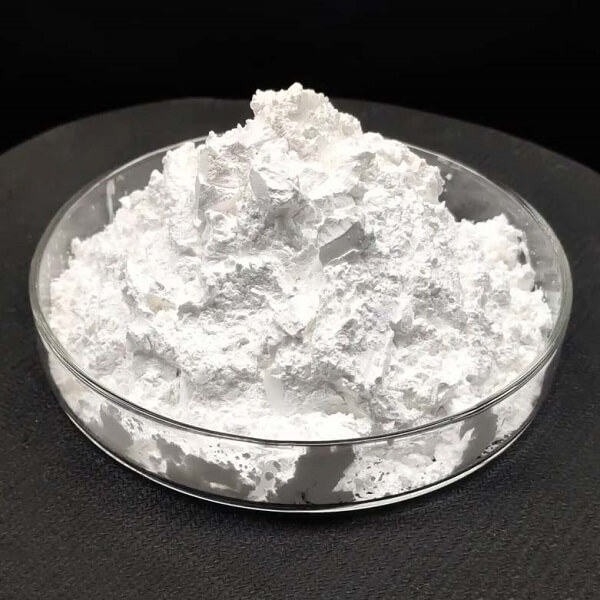White Fused Alumina (WFA) Micropowder?
White fused alumina is a high-purity, synthetic abrasive grain primarily composed of alpha-aluminum oxide (Al₂O₃ ≥ 99%). The “white” designation comes from its pure, white color, which distinguishes it from brown fused alumina (lower purity) or pink fused alumina (with a small chromium oxide addition).
“Micropowder” refers to the finely milled and accurately classified form of this abrasive, typically with particle sizes ranging from a few micrometers (µm) down to sub-micron levels (e.g., F230 to F3000 or even finer in JIS/FEPA grading scales).


Key Properties of White Fused Alumina
-
High Hardness (9 on Mohs scale): Second only to diamond and silicon carbide. This allows it to effectively cut and abrade a wide range of materials, including hard metals and ceramics.
-
High Purity & Chemical Inertness: Its low iron oxide and silica content means it will not introduce discoloration or impurities during the polishing process. It does not react with the workpiece or most coolants, making it ideal for critical applications.
-
Friability: This is a crucial property. WFA grains are friable, meaning they fracture under pressure and heat into smaller, sharp fragments. This creates new cutting edges continuously, preventing dulling and ensuring a consistent, cool-cutting action. This “self-sharpening” property is key to maintaining a uniform surface finish.
-
Sharp & Angular Grain Shape: The crushed and milled grains have a blocky, angular morphology. These sharp edges are excellent for aggressive cutting and stock removal in the initial polishing stages.
-
Consistent Particle Size Distribution: Micropowders are precisely classified to ensure all grains are within a tight size range. This uniformity is critical for achieving a predictable, scratch-free finish without “outlier” large grains causing deep scratches.
WFA micropowder is used to create slurries, pastes, and is incorporated into bonded forms.
-
Lapping & Precision Finishing: Used in slurry form with oil or water-based carriers to achieve extremely fine, flat finishes on hard metals (tool steels, carbide), ceramics, and optical glass.
-
Polishing Compounds & Pastes: Blended with a greasy or waxy carrier to create polishing compounds for manual or automated application. Used for finishing stainless steel, nickel alloys, and titanium components.
-
Vibratory Finishing: Added as a fine abrasive media additive for deburring and producing micro-finishes on complex parts.
-
Production of Coated Abrasives: Used in the manufacture of very fine-grit sandpaper and abrasive belts for final finishing steps.
-
Loose Abrasive Blasting: For very fine, gentle surface etching or cleaning of delicate components.
